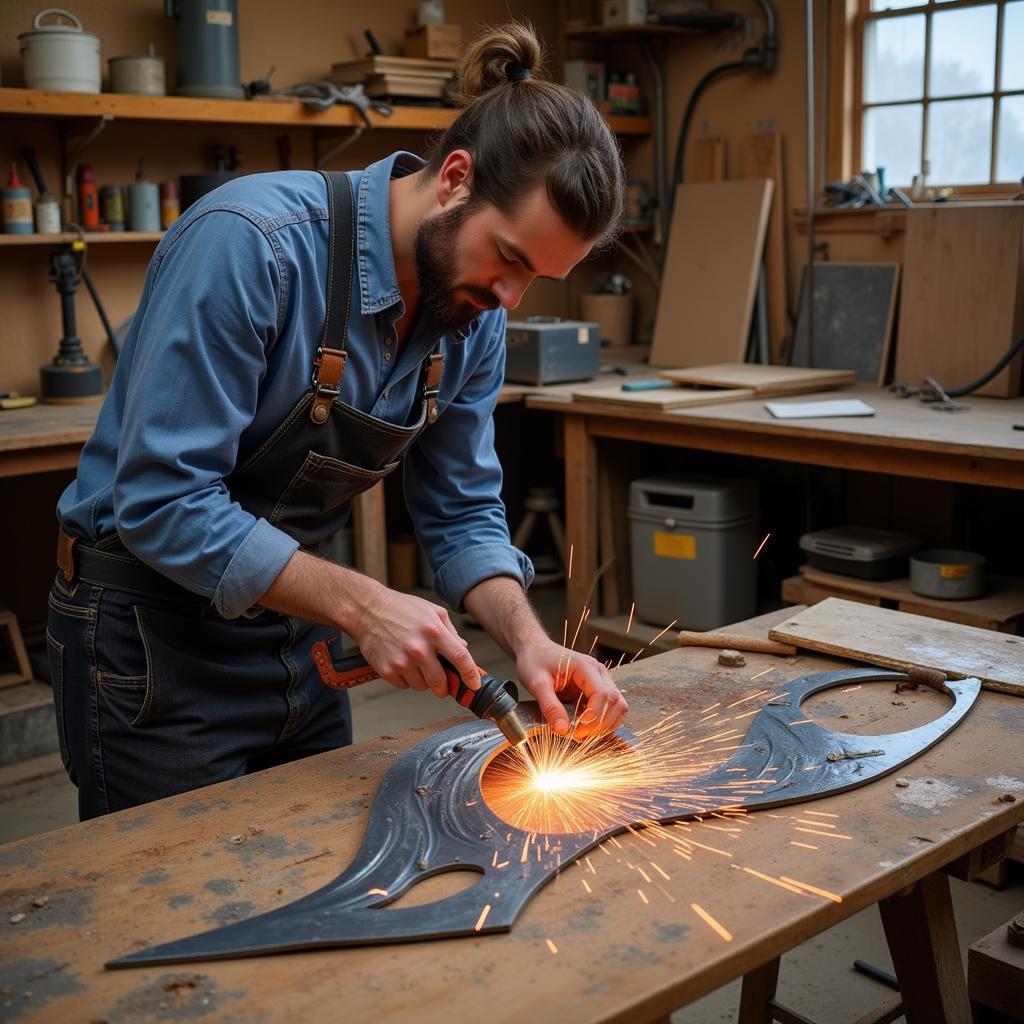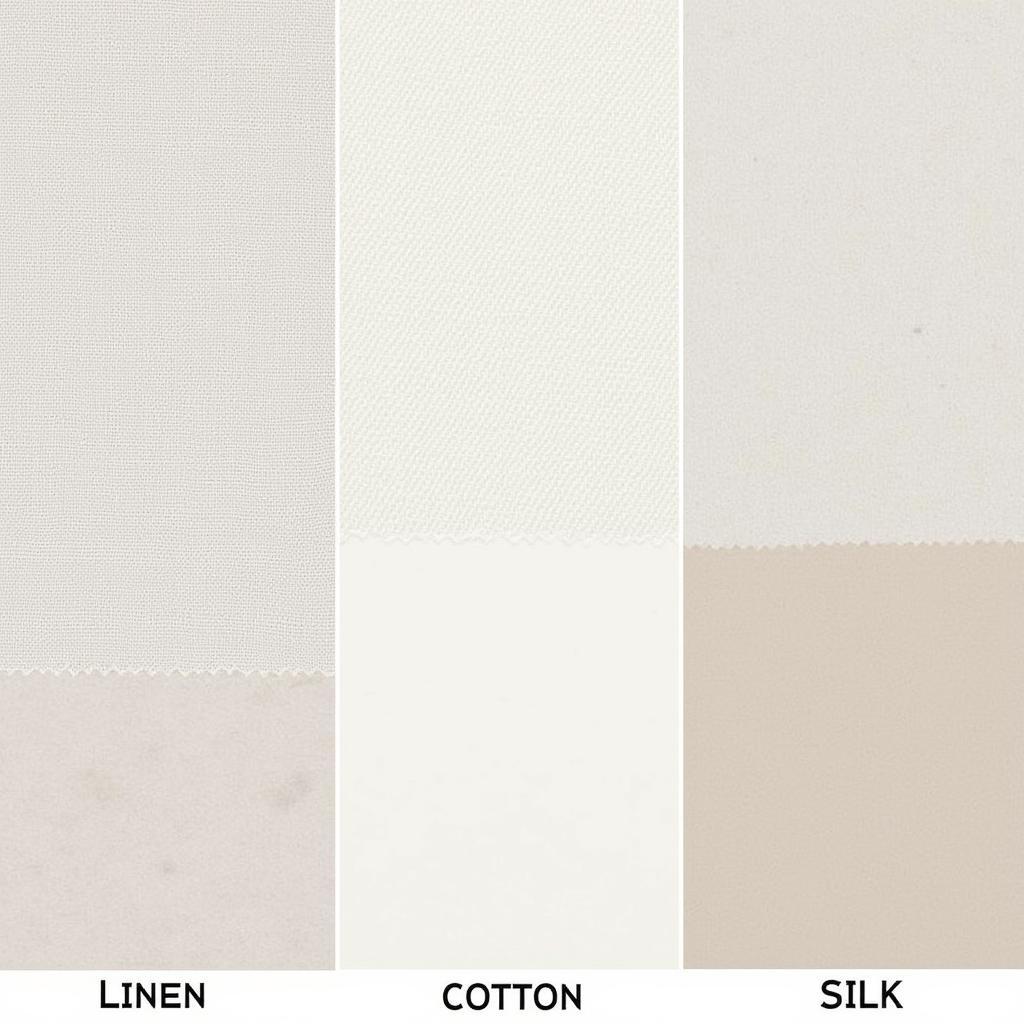Impressionist Floral Art: A Guide to Capturing the Beauty of Blossoms
Immerse yourself in the vibrant world of Impressionist Floral Art, where fleeting moments of beauty are captured with bold brushstrokes and a captivating use of color. This art movement, born in the late 19th century, celebrated the fleeting nature of light and its influence on how we perceive the world around us, particularly the delicate grace of flowers.
Exploring the Essence of Impressionist Floral Art
Impressionist floral art is characterized by its loose, expressive style and a focus on capturing the essence of light and color. Unlike the meticulous realism of earlier art movements, impressionism embraced the subjective experience of viewing a scene, capturing the fleeting moments of light and shadow that play across the surface of flowers. This approach allowed artists to convey a sense of movement, vibrancy, and ephemeral beauty.
Key Characteristics of Impressionist Floral Art:
- Emphasis on Light and Color: Artists used bold, vibrant colors to capture the play of light across petals, stems, and leaves. They often used broken brushstrokes to suggest the movement of light and create a sense of immediacy.
- Loose and Expressive Brushstrokes: Impressionists favored loose, gestural brushstrokes that conveyed a sense of spontaneity and energy. This style captured the fleeting nature of light and the movement of the flowers themselves.
- Focus on the Transient: The beauty of flowers is often fleeting, and impressionist artists embraced this ephemeral quality. They captured the fleeting moments of bloom, the delicate dance of petals in the breeze, and the subtle interplay of light and shadow that make each moment unique.
- Exploration of the Plein Air: Many impressionist artists, including Claude Monet, painted outdoors, directly observing the subject matter and capturing the effects of natural light. This practice allowed them to capture the fleeting nuances of color and light that would have been lost in a studio setting.
Iconic Impressionist Floral Artists
Several iconic artists played a pivotal role in shaping the impressionist floral art movement. Their works continue to inspire artists and viewers alike:
- Claude Monet: Known for his series of water lily paintings, Monet also created numerous stunning floral paintings, showcasing the beauty of gardens and capturing the changing light throughout the day.
- Pierre-Auguste Renoir: Renoir’s floral paintings are known for their vibrancy and sensuality, capturing the beauty of flowers in a way that evokes a sense of joy and celebration.
- Edgar Degas: While best known for his paintings of dancers, Degas also created a number of floral paintings that are characterized by their elegance and sense of movement.
The Impact of Impressionist Floral Art
Impressionist floral art continues to inspire artists and viewers today. Its emphasis on the beauty of the natural world, its vibrant use of color, and its expressive style have made it a timeless art movement.
“The way in which the Impressionists captured the beauty of nature is unparalleled. They managed to capture the essence of light and color in a way that is both timeless and breathtaking.” – Amelia Wright, Art Historian
Learning to Create Your Own Impressionist Floral Art
If you’re inspired by the beauty of impressionist floral art, you can learn to create your own stunning pieces. Here are some key steps:
1. Choose Your Subjects:
- Select flowers that have a vibrant color palette and interesting shapes.
- Consider the light conditions you’ll be working in, as this will affect the colors you choose.
2. Gather Your Supplies:
- Paints: Use acrylics, watercolors, or oils. Impressionist artists often favored bolder colors, so experiment with a vibrant palette.
- Brushes: Opt for brushes that are able to create both loose, gestural strokes and more detailed lines.
- Canvas or Paper: Select a surface that will hold the paint well and provide the right texture for your style.
3. Practice Loose Brushstrokes:
- Focus on capturing the essence of the subject, rather than creating a precise representation.
- Use short, bold strokes to capture the movement of light and color.
4. Experiment with Color:
- Use vibrant hues to create a sense of energy and life.
- Don’t be afraid to mix colors and create unique shades.
5. Embrace Imperfection:
- Impressionist floral art is all about embracing the imperfections of the natural world.
- Don’t be afraid to let your brushstrokes show, and allow some areas of the painting to be less defined.
Frequently Asked Questions
Q: What are some of the best resources for learning about impressionist floral art?
A: There are many great resources available, including art museums, online courses, and books on impressionist art. Visiting art museums is a great way to see original impressionist floral paintings in person.
Q: What are some of the best impressionist floral paintings to study?
A: Some iconic works include “Water Lilies” by Claude Monet, “La Grenouillère” by Renoir, and “The Dance Class” by Degas.
Q: What tips do you have for capturing light and color in floral paintings?
A: Observe the light and shadow patterns carefully. Use contrasting colors to create a sense of depth and dimension. Experiment with different brushstrokes to capture the movement of light.
Q: What is the best way to learn about impressionist floral painting techniques?
A: Take an online course or workshop, study the works of master impressionists, and practice regularly. Experiment with different colors, brushstrokes, and composition.
Q: Can I create impressionist floral art without using traditional brushes?
A: Absolutely! There are many alternative tools you can use, such as palette knives, sponges, and even your fingers.
Q: Is it necessary to have expensive art supplies to create impressionist floral art?
A: No, you can create beautiful impressionist floral art with basic supplies. Focus on using quality paints and finding brushes that suit your style.
Creating Your Own Impressionist Floral Art
By following these steps and embracing the principles of impressionist floral art, you can capture the vibrant beauty of flowers and create your own unique works of art. Remember to experiment, have fun, and let your creativity flourish!



